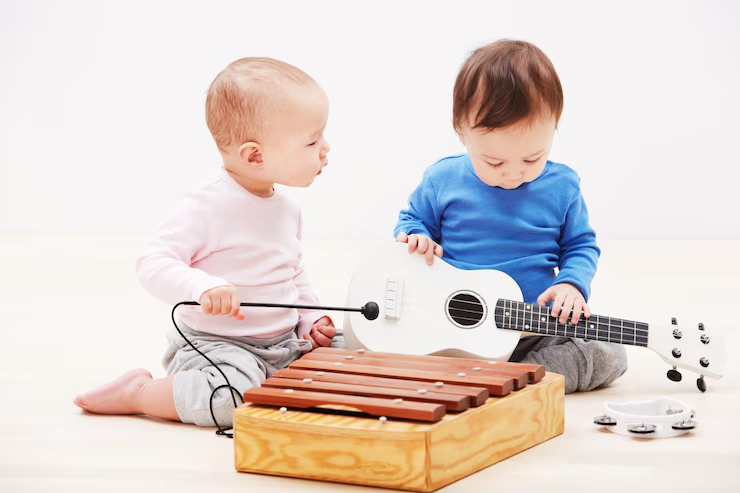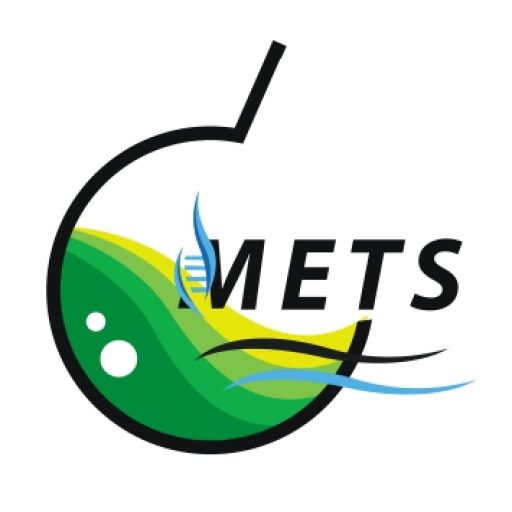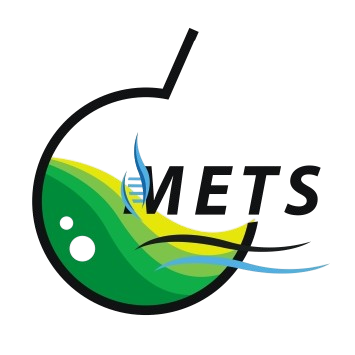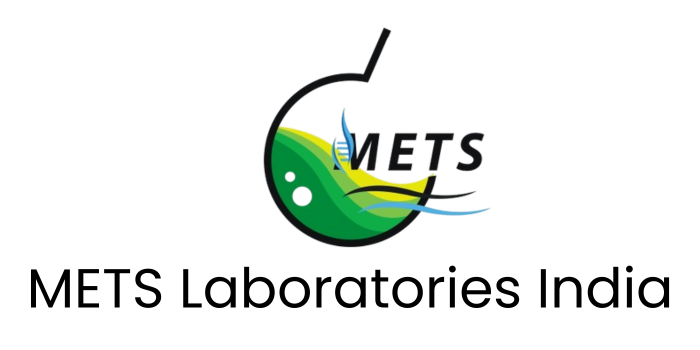
Music And Sound Toys Testing – METS Laboratories
METS Laboratories offers specialized testing services for music and sound-producing toys to ensure compliance with international safety and quality standards. With growing concerns around hearing safety, acoustic thresholds, and child development, our testing ensures that toys deliver safe auditory experiences without compromising fun or innovation.
Why Music And Sound Toys Testing Is Important?
Music and sound-producing toys can be beneficial for sensory development, but they can also pose risks if not properly regulated:
- Excessive sound levels may harm children’s hearing.
- Sudden or startling sounds can trigger emotional stress.
- Components may malfunction, producing unintended high-frequency noise.
- Regulatory non-compliance may lead to product recalls and legal penalties.
Testing ensures product safety, regulatory compliance, consumer trust, and brand integrity.
What We Test?
• Sound pressure level (SPL)
• Frequency range
• Duration and repetitiveness
• Peak emission levels
• Impulse sound emissions
• Distance-based sound measurements
• EN 71-1 (European Toy Safety Standard)
• ISO 8124-1 (International Toy Safety Standard)
• ASTM F963 (U.S. Toy Safety Standard)
• IEC 60601-1-8 (for alarm-type toys)
• Musical instruments for children (xylophones, drums, keyboards)
• Sound toys (rattles, plush toys with speakers)
• Electronic toys with built-in sound features
• Whistles, horns, and blow-type noise toys
What METS Laboratories Offers?
What We Ensure?
Who It’s For?
Protect Consumers. Satisfy Authorities. Boost Market Confidence.
At METS Laboratories, our testing:
- Safeguards children’s auditory health
- Builds compliance assurance for global markets
- Reduces recall risks and liability
- Enhances product reliability and customer trust
- Facilitates smoother regulatory approvals across regions
Frequently Asked Questions
What is the maximum sound level allowed in toys?
Standards such as EN 71-1 specify that toys for children under 36 months should not exceed 85 dB(A) SPL, while other toys must adhere to 90 dB(A) limits depending on type and duration.
How long does the testing process take?
Standard testing is typically completed within 5–7 working days. Expedited services are available.
Can METS help in pre-compliance testing during product development?
Yes. We offer design-stage evaluations to guide product safety and acoustic engineering before full production.
Is testing mandatory for every market?
Yes. Most international markets require proof of compliance to toy safety standards. Testing is critical for market access and certification.
What documents are required for testing?
Product samples, technical datasheets, intended age group, usage instructions, and manufacturer details are typically required.





